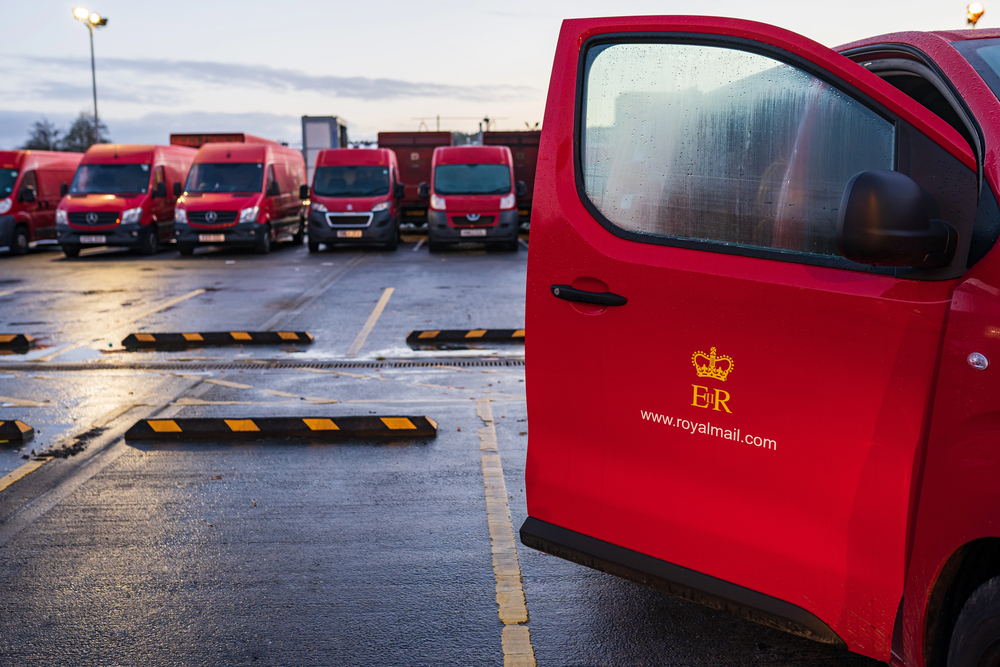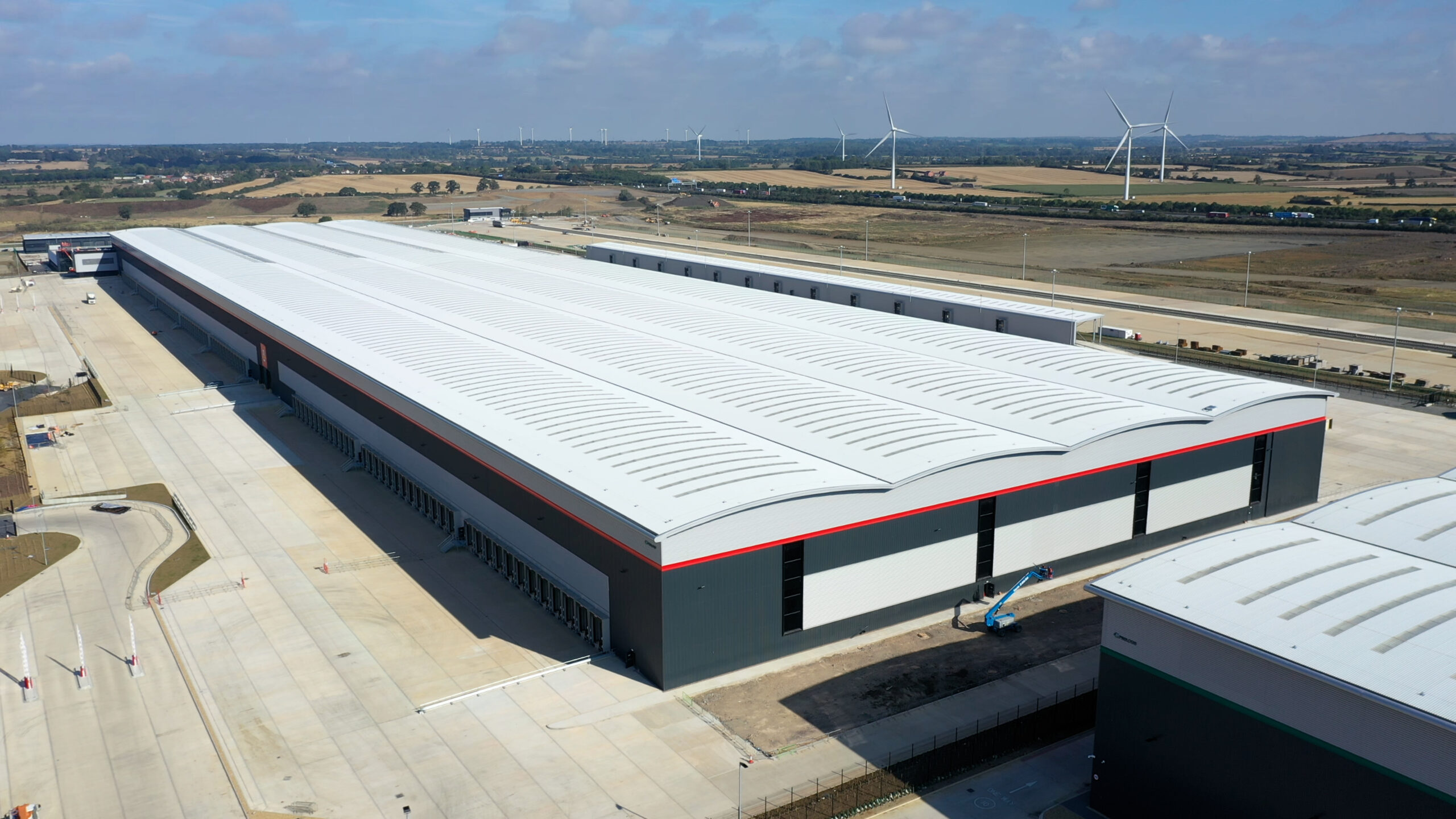The Royal Mail is the United Kingdom’s most well-known courier as well as acts as the country’s postal service. Since its inception, it has become an institution as its network of post offices and places to drop off your post and parcels is unparalleled in the U.K. They even have Amazon beat in this regard so what they have to offer network-wise is certainly nothing to sniff at.
Launching A New Automated Sorting Facility
Back in 2023, Royal Mail launched its brand new Midlands Super Hub in Daventry, UK. This was a technological leap for the company and the facility Spans up to 21.5 hectares, equivalent to 30 football pitches in size. The facility is now Royal Mail’s largest automated parcels centre. It has the capacity to handle up to 90,000 parcels per hour, with each item taking just seven minutes to move through the sorting system.
Midlands Super Hub Operations
The Midlands Super Hub, centrally located in England, plays a vital role in Royal Mail’s modern parcel operations. Covering 840,000 square feet, the facility is one of the largest and most advanced in the UK, capable of processing over a million parcels daily. With cutting-edge automation, including intelligent sorting systems and extensive conveyor networks, the hub ensures quick parcel movement to regional depots for delivery. Its location enables access to more than 80% of the UK population within four hours, enhancing national distribution efficiency.
According to Royal Mail’s 2025 logistics performance report, 83.9% of parcels processed at central hubs like this one are delivered on time, even during peak periods. The Midlands Super Hub’s scale eases the burden on smaller depots, leading to faster and more reliable service. Royal Mail’s internal data notes a 6.5% year-on-year improvement in next-day delivery success rates from 2024 to 2025, largely thanks to such facilities. The hub also benefits businesses and online retailers by supporting growing e-commerce demand through rapid, dependable parcel handling.
Rugby Super Hub Development
To further bolster its parcel network, Royal Mail has opened a second major facility in Rugby, Warwickshire. This new super hub, located on a 53-acre site, includes a 1.3 million cubic metre processing centre capable of handling over a million parcels daily—up to 235 million annually. Approximately 1600 vehicles pass through each day, supported by sophisticated mechanical systems and comprehensive staff amenities.
The site includes new office space, welfare areas, and a dedicated training academy, alongside infrastructure such as gantries, fuel stations, and vehicle washing bays. The hub’s location near major online retail warehouses strengthens its strategic value, making it a key component in the national supply chain.
Managed with support from Stace, this project reflects Royal Mail’s drive to enhance capacity, service quality, and workforce training. Like its Midlands counterpart, the Rugby hub features extensive automation for fast parcel processing and supports same-day and next-day delivery services. Its training academy underlines the company’s investment in workforce development, equipping staff to manage advanced systems and meet rising demand.
Economic and Community Impacts

Together, the Midlands Super Hub and Rugby hub deliver wide-ranging economic benefits. The Midlands facility supports job creation in logistics, technology, and maintenance, while reducing costs for businesses dependent on swift delivery. Its accessibility attracts e-commerce operations and manufacturers to the region, strengthening the Midlands’ status as a logistics centre.
The 6.5% rise in next-day delivery performance encourages customer loyalty, fuelling e-commerce growth and consumer spending. The Rugby hub adds further capacity, creates local employment opportunities, and drives demand for services such as transportation, facility maintenance, and supplies.
The presence of a training academy at the Rugby site supports upskilling in the region, making it more attractive to talent. By enhancing delivery performance and workforce capability, both hubs act as engines of local economic growth and help establish the Midlands as a national distribution leader.
Challenges and Resilience Strategies
Despite their capabilities, the hubs face significant pressure during high-demand seasons. In December 2024, parcel volumes surged by 28% compared to average monthly figures, testing system capacity. Weather events such as snow or floods can also disrupt operations.
The Midlands Super Hub is equipped with weather-resistant infrastructure and uses flexible staffing models to scale up during busy periods. It also employs real-time monitoring to adjust processes on demand. These measures help maintain performance and reduce delays.
Similarly, the Rugby hub must continue adapting to seasonal fluctuations and external challenges. The in-house training academy enables a responsive and skilled workforce. Balancing high throughput with quality control remains crucial, and both hubs invest in automation and regular upgrades to ensure accuracy and efficiency.
Sustainable Goals
Sustainability was a driving factor as to why this new facility was built and the design choices reflect this. The Super Hub is energy-efficient, harvests rainwater, and generates its own solar power. Its location near several major online retailers enables late parcel drop-offs for next-day delivery, which also helps cut down on emissions due to travel time.
One of the most impressive and well-realised features of the site is its integrated rail link and a dedicated Royal Mail train, connecting the hub to the West Coast Mainline, the UK’s main rail corridor. The train route extends to the company’s distribution centre near Glasgow.
This rail link has led to the company being able to take 16 Royal Mail trucks off the road daily, equating to over 3,000 trucks annually. It could be argued that there are now fewer jobs for postal workers, but the company seemed dedicated to their mission statement of having fewer vehicles on the streets. This initiative aligns with Royal Mail’s Steps to cut the company’s carbon emissions to net zero by 2040.






